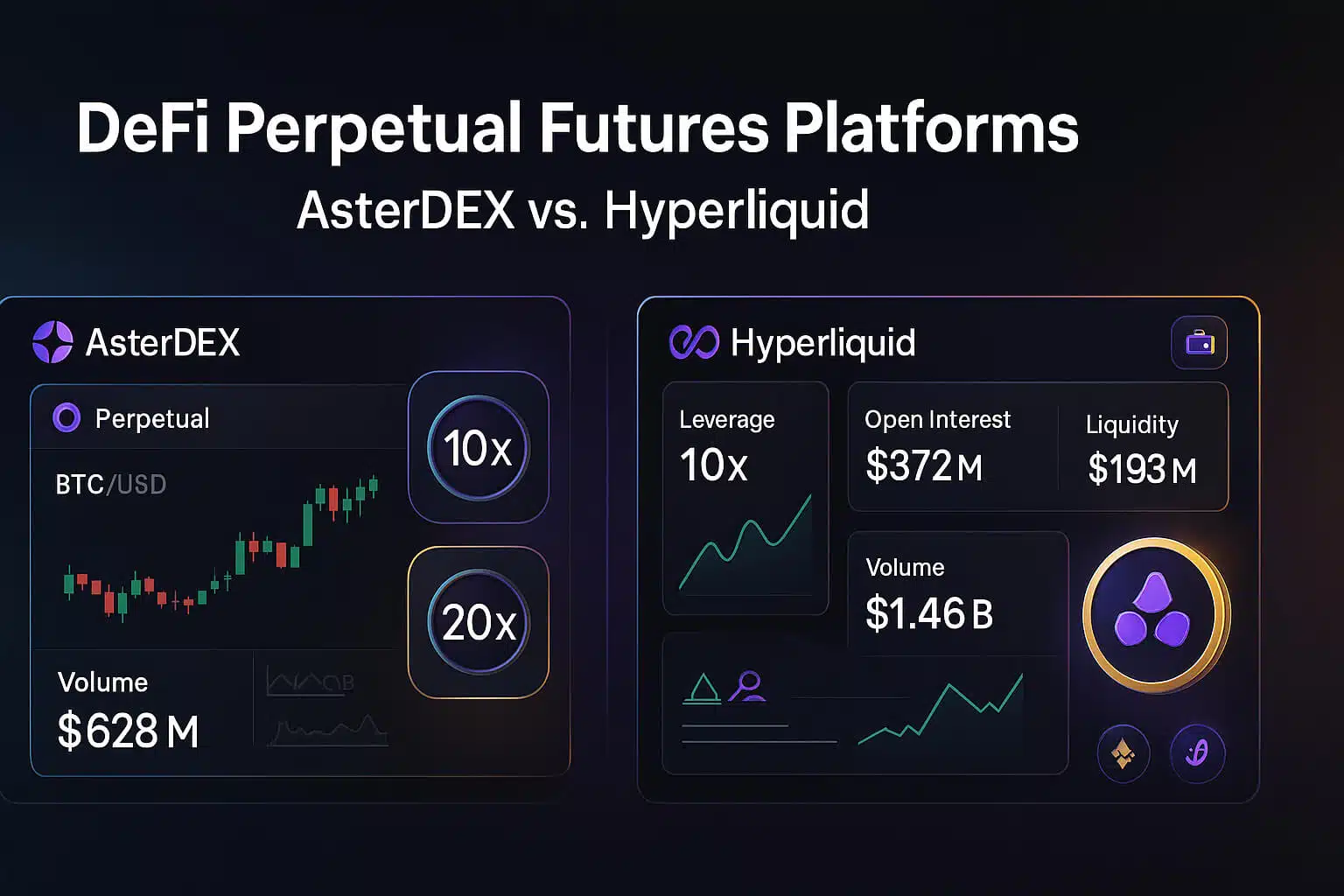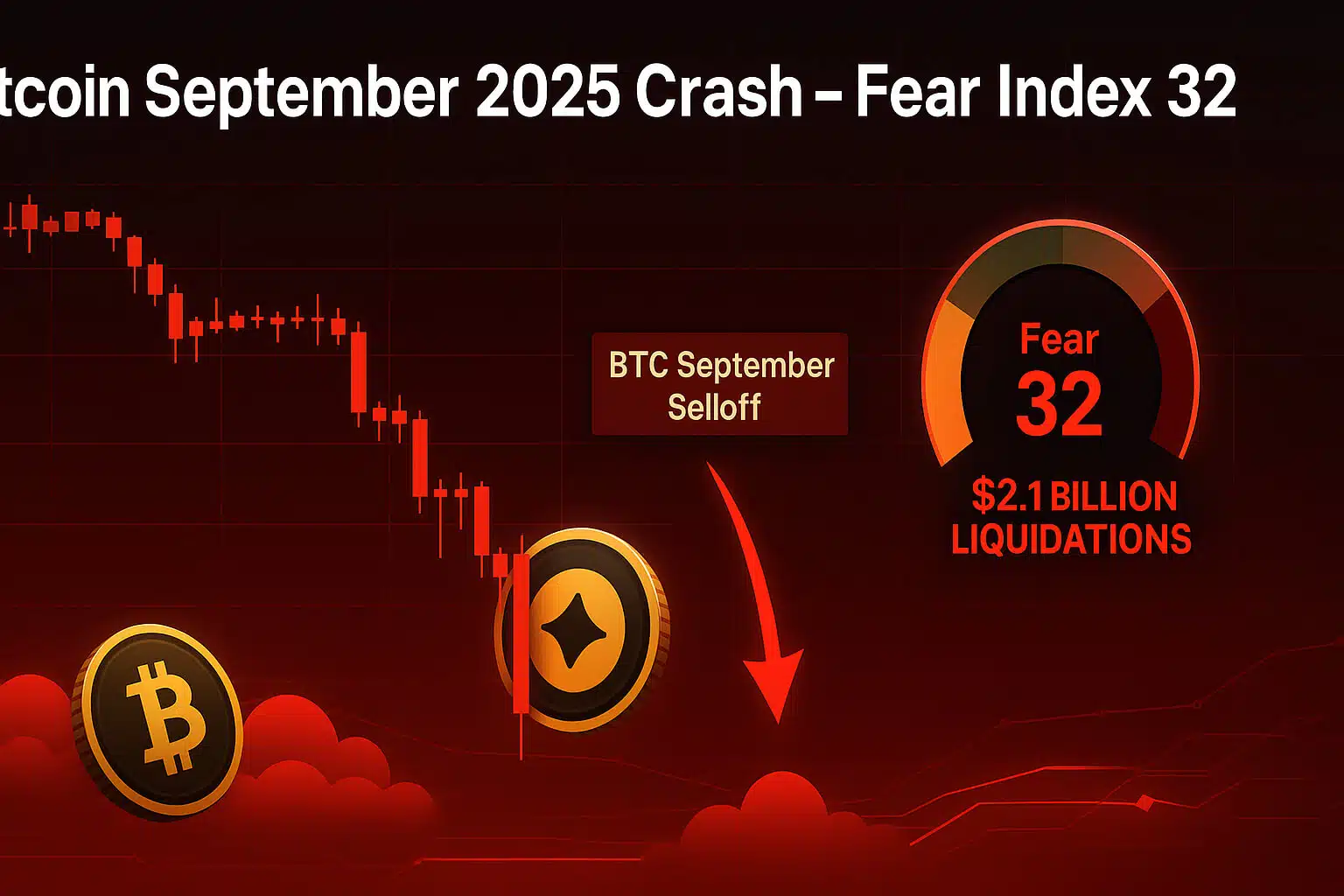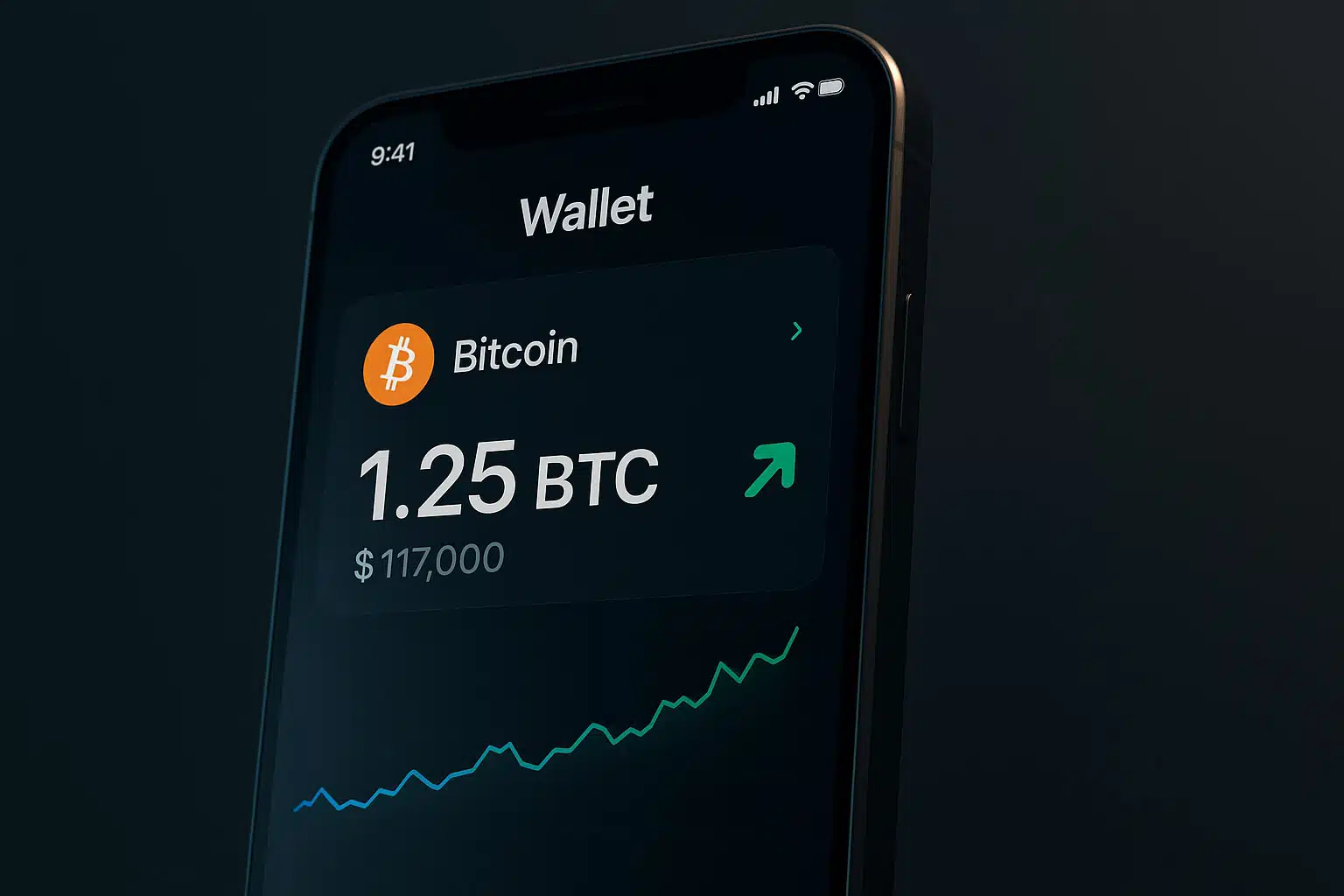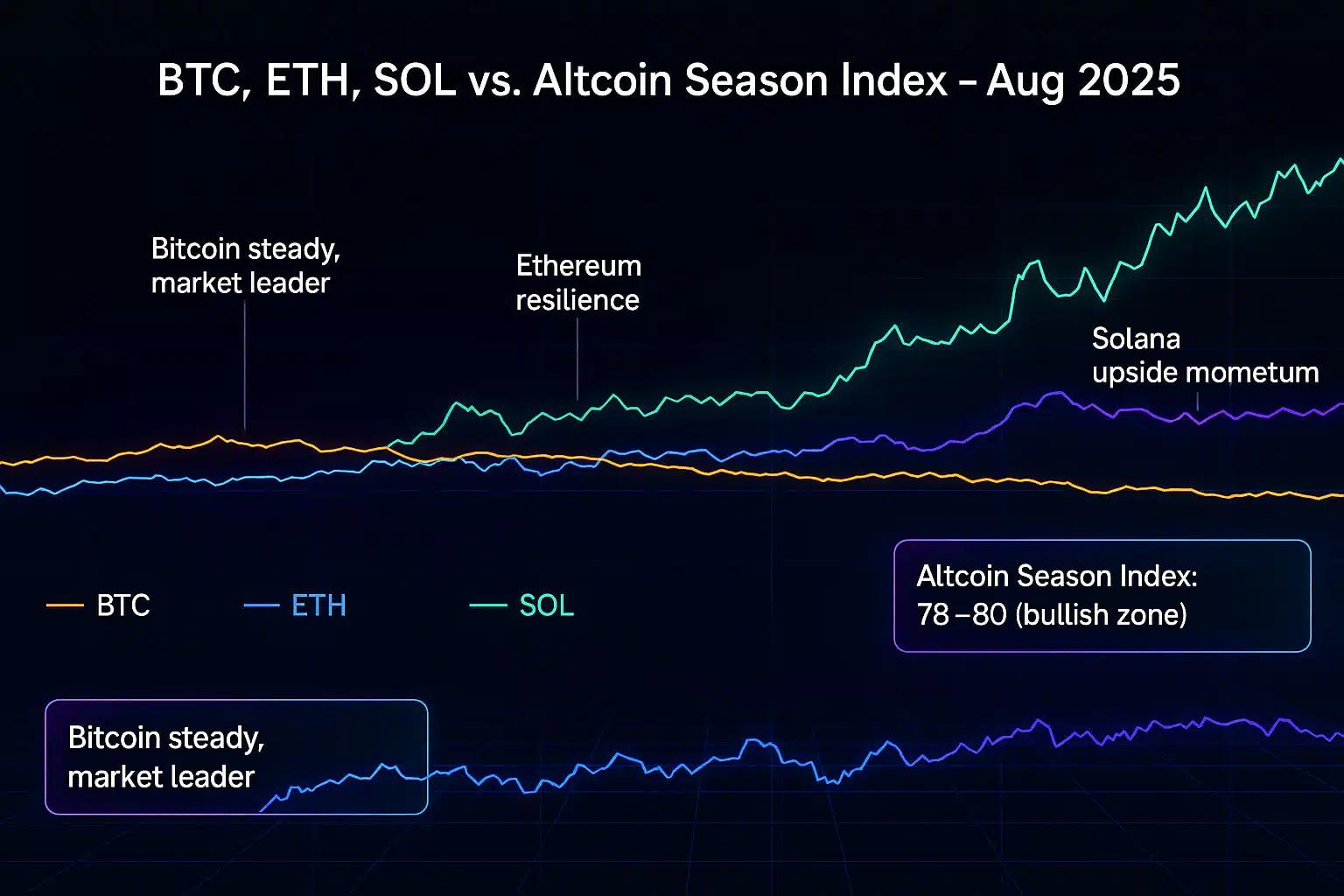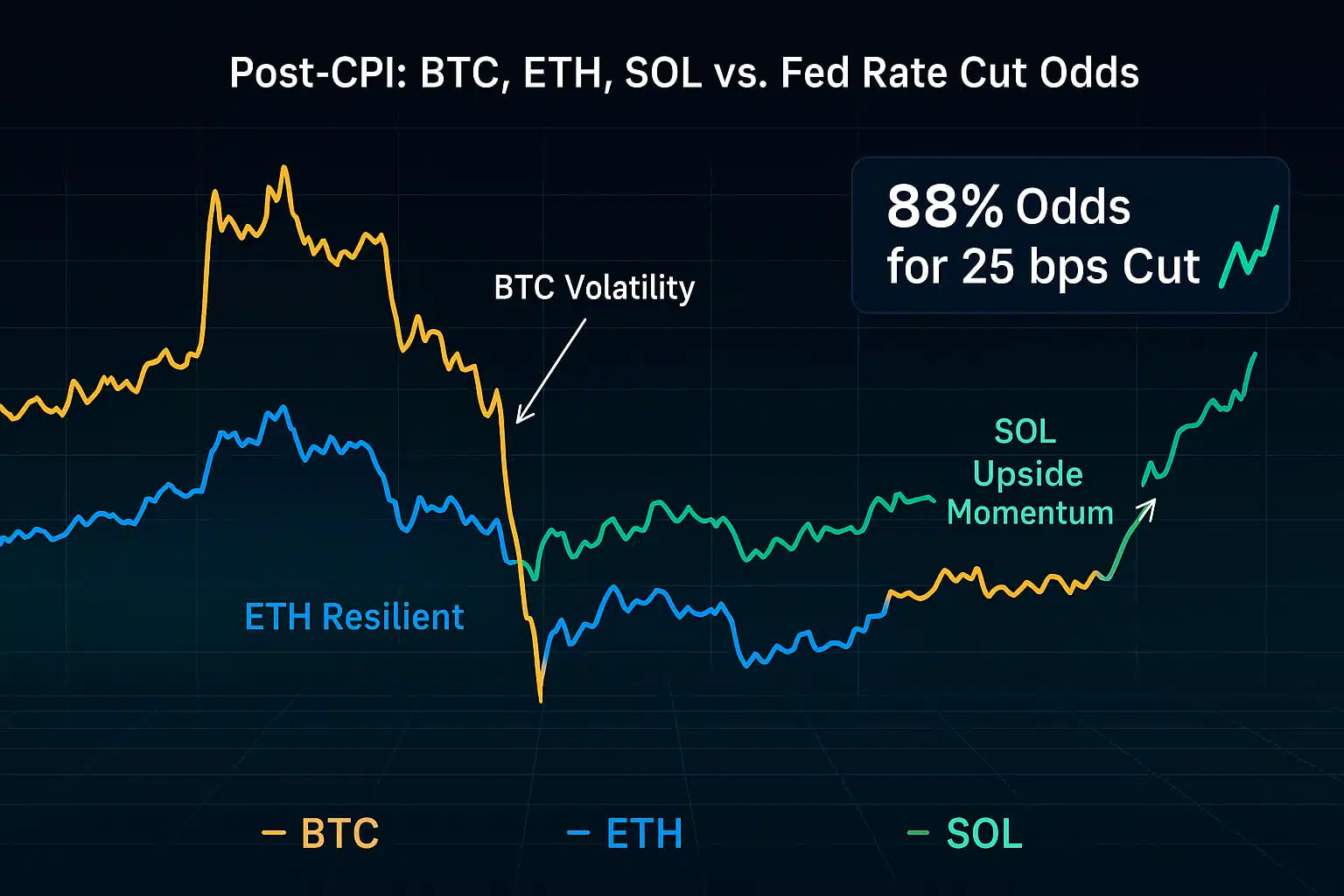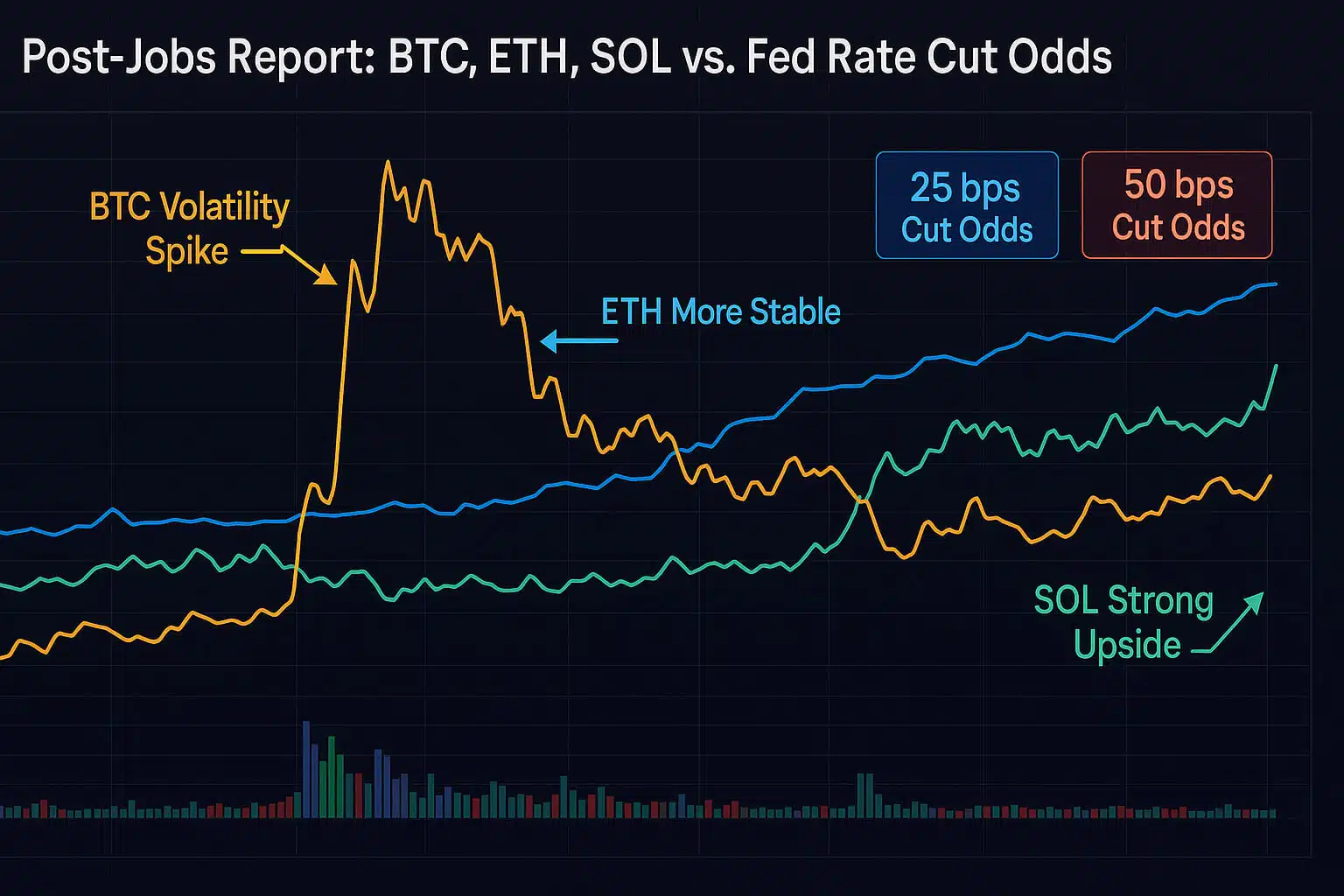Cryptocurrencies have dramatically changed how we perceive and interact with financial systems. However, the existence of numerous blockchain networks has led to a fragmented landscape. Cross-chain swaps are a game-changer, enabling seamless transactions across different blockchain networks. Consequently, they enhance liquidity and interoperability.
What are Cross-Chain Swaps?
Cross-chain swaps are mechanisms that allow the exchange of one cryptocurrency for another across different blockchain networks without relying on a centralized intermediary. These swaps are crucial for promoting interoperability and liquidity in the decentralized ecosystem. They enable the direct exchange of digital assets between two different blockchains and utilize smart contracts to facilitate these exchanges in a trustless and decentralized manner. By leveraging atomic swaps, cross-chain swaps ensure that transactions are either fully completed or fully refunded, mitigating the risk of one party defaulting.

How Do Cross-Chain Swaps Work?
Cross-chain swaps utilize smart contracts and atomic swaps to ensure that transactions are secure and trustless. Here’s a detailed breakdown of the process:
- Initiation: The swap begins with two parties agreeing to exchange cryptocurrencies across different blockchains. For instance, Alice on Blockchain A wants to swap her tokens with Bob on Blockchain B.
- Hash Time-Locked Contracts (HTLCs): Both parties create HTLCs, which are smart contracts that lock the cryptocurrencies until certain conditions are met. The contracts ensure that the transactions occur simultaneously.
- Hash Lock: The contract is locked with a cryptographic hash, and the key to this hash is only revealed once the transaction is ready to be executed.
- Time Lock: If the swap is not completed within a specified timeframe, the contract automatically cancels the transaction and refunds the parties involved.
- Verification: Each party deposits their respective cryptocurrencies into the HTLCs on their blockchain. This step ensures that both parties have committed to the swap.
- Revealing the Hash Key: Once both deposits are confirmed, the hash key is revealed, triggering the release of the locked funds to the respective parties.
- Execution: The smart contracts execute the swap, transferring the assets to the respective parties. This process is seamless and ensures that neither party can cheat.
Benefits of Cross-Chain Swaps
Cross-chain swaps offer numerous benefits that enhance the overall functionality and efficiency of the blockchain ecosystem. Here are some of the key advantages:
- Enhanced Liquidity
Cross-chain swaps increase liquidity by allowing assets to move freely across different blockchain networks. This mobility can help stabilize markets and reduce volatility. As a result, traders can quickly and easily exchange assets without the need for centralized exchanges.
- Interoperability
They promote interoperability by enabling different blockchains to interact and exchange value seamlessly. This interconnectedness fosters a more versatile and robust blockchain ecosystem where users can benefit from the unique features of multiple networks.
- Decentralization
By removing the need for centralized exchanges, cross-chain swaps uphold the principles of decentralization. This reduces the risks associated with centralized control and potential single points of failure, making the ecosystem more resilient and secure.
Real-World Applications of Cross-Chain Swaps
Cross-chain swaps are not just a theoretical concept; they have practical applications that are already being utilized in the crypto space. Here are some of the prominent use cases:
- Decentralized Finance (DeFi)
In the DeFi space, cross-chain swaps enable users to trade assets across different platforms. This capability enhances the utility and reach of DeFi applications. Consequently, more complex financial products and services that leverage multiple blockchains become possible.
- Multi-Chain Ecosystems
Projects that operate on multiple blockchains can use cross-chain swaps to facilitate asset transfers and interoperability between their various platforms. This ability helps in maintaining consistency and fluidity across different chains, making the projects more robust and user-friendly.
- Cross-Chain Decentralized Exchanges (DEXs)
Cross-chain swaps are integral to the functioning of cross-chain decentralized exchanges (DEXs). These platforms allow users to trade assets from different blockchains directly, without the need for centralized intermediaries.
Cross-chain swaps are revolutionizing the cryptocurrency space by promoting liquidity, interoperability, and decentralization. As the blockchain ecosystem continues to grow, these swaps will play a crucial role in shaping the future of decentralized trading. Understanding and utilizing cross-chain swaps can open up new opportunities for traders and developers alike, making it easier to leverage the full potential of the diverse blockchain landscape.
FAQs:
1. What are cross-chain swaps?
Cross-chain swaps enable the exchange of cryptocurrencies across different blockchain networks without a centralized intermediary.
2. How do cross-chain swaps work?
They use smart contracts and atomic swaps to ensure secure, trustless transactions between parties on different blockchains.
3. What are the benefits of cross-chain swaps?
Benefits include enhanced liquidity, interoperability, and decentralization.
4. Where are cross-chain swaps used?
They are used in DeFi, multi-chain ecosystems, and cross-chain decentralized exchanges.
For the latest airdrops and crypto news, follow us on:






